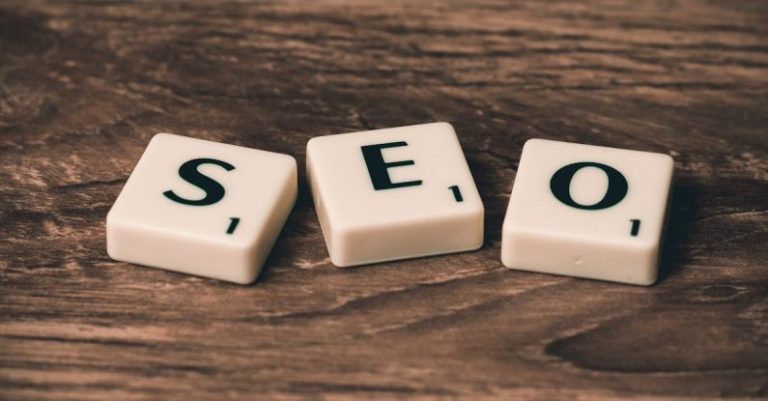
In today’s digital age, having a fast-loading website is crucial not only for user experience but also for search engine optimization (SEO) purposes. Website speed is a key factor that influences how your site ranks on search engine results pages (SERPs). Slow-loading websites can lead to higher bounce rates, lower conversion rates, and ultimately, poor SEO performance. If you want to improve your website speed for better SEO, here are some effective strategies to consider.
Optimize Images
One common reason for slow website speed is large image file sizes. Images that are not optimized for the web can significantly slow down your site’s loading time. To combat this issue, make sure to resize and compress images before uploading them to your website. There are many online tools available that can help you reduce the file size of your images without compromising their quality. Additionally, consider using the appropriate image format such as JPEG or PNG to further optimize your images for the web.
Minimize HTTP Requests
Every element on a web page, including images, scripts, and stylesheets, requires an HTTP request to load. The more HTTP requests your website makes, the longer it will take to load. To improve website speed, aim to minimize the number of HTTP requests by reducing the number of elements on each page. Combine multiple scripts and stylesheets into a single file and consider using CSS sprites to combine multiple images into a single image file. By reducing the number of HTTP requests, you can significantly improve your website’s loading time.
Enable Browser Caching
Browser caching is a technique that allows web browsers to store static files such as images, stylesheets, and scripts locally on a user’s device. When a user visits your website for the first time, their browser downloads these files. With browser caching enabled, the browser can reuse these files for subsequent visits, reducing the loading time of your website. To enable browser caching, you can set expiration dates for your static files using HTTP headers or utilize caching plugins available for popular content management systems like WordPress.
Use a Content Delivery Network (CDN)
A content delivery network (CDN) is a network of servers distributed geographically that work together to deliver web content to users based on their location. By using a CDN, you can reduce the physical distance between your website’s server and your visitors, resulting in faster loading times. CDNs store cached copies of your website’s content on multiple servers around the world, ensuring that users can access your site quickly regardless of their location. Many CDNs also offer additional features such as image optimization and security enhancements, further improving website speed and SEO performance.
Minify CSS, HTML, and JavaScript
Minification is the process of removing unnecessary characters such as whitespace, comments, and formatting from CSS, HTML, and JavaScript files. By minifying your code, you can reduce the file size of these files, leading to faster loading times. There are many online tools and plugins available that can help you minify your code with just a few clicks. Keep in mind that while minification can improve website speed, it’s essential to make a backup of your files before minifying them to avoid any potential issues.
Monitor and Test Website Speed Regularly
Improving website speed is an ongoing process that requires regular monitoring and testing. There are many online tools such as Google PageSpeed Insights and GTmetrix that can help you analyze your website’s performance and identify areas for improvement. Conduct regular speed tests and monitor key metrics such as page load time, time to first byte (TTFB), and server response time. By staying proactive and addressing issues promptly, you can ensure that your website remains fast and optimized for SEO.
Incorporate these strategies into your website optimization efforts to improve website speed for better SEO. Remember that a fast-loading website not only enhances user experience but also boosts your search engine rankings. By prioritizing website speed, you can increase user engagement, reduce bounce rates, and drive more organic traffic to your site. Stay proactive, monitor performance regularly, and make adjustments as needed to ensure that your website remains fast, efficient, and SEO-friendly.




